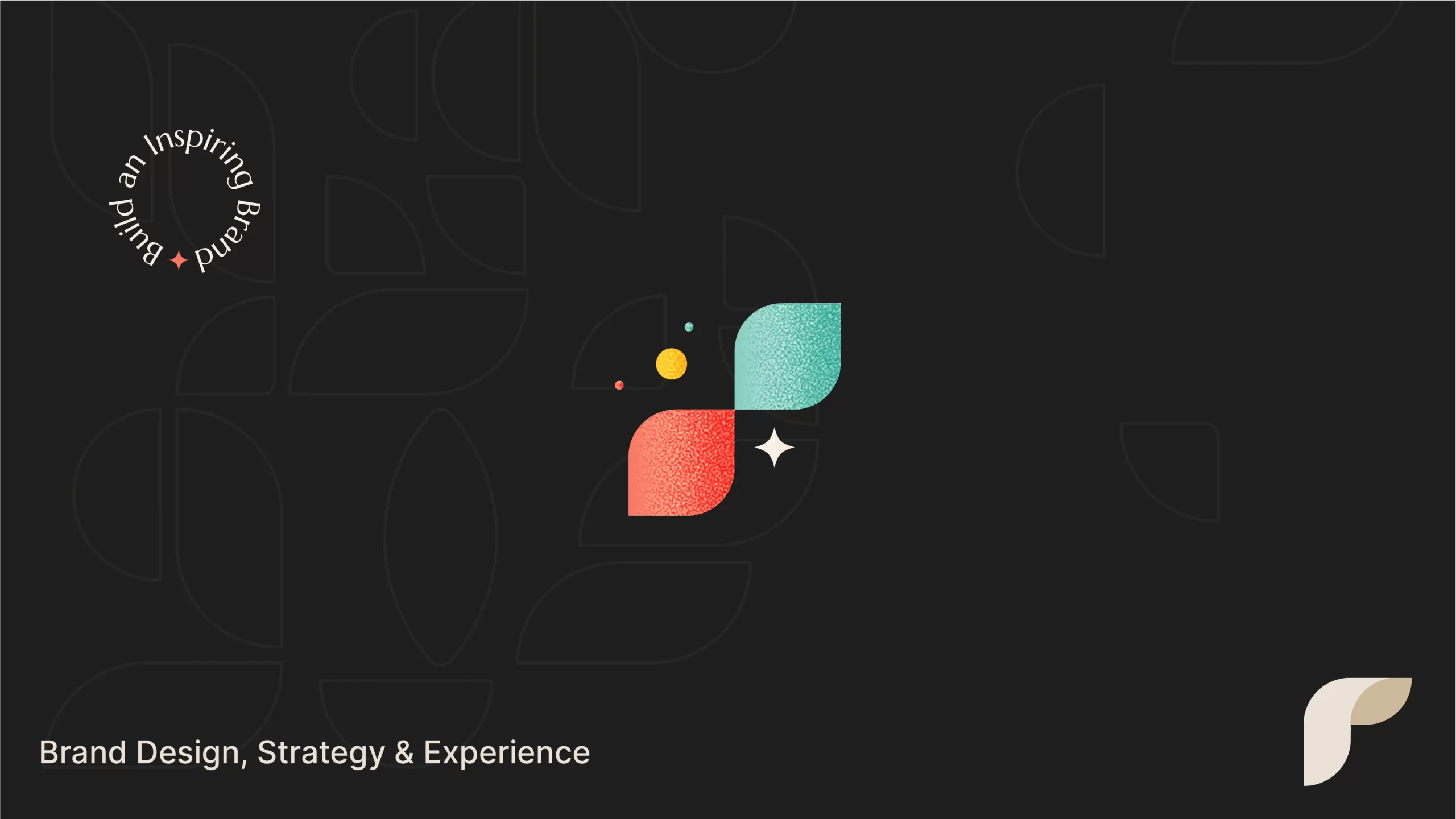The convergence of technology and packaging design has given rise to a new era of innovation. Now, your products can do more than just sit on shelves – they can be interactive or even help the environment. The infusion of tech has redefined the narrative, with augmented reality, smart labels, and sustainable solutions becoming more and more popular.
From interactive packaging experiences to eco-conscious designs, technology not only influences but transforms the very essence of packaging. This creates the scope for modern and innovative designs where form and function converge.
Read on to explore the intersection between the physical and the digital, delving into how tech-infused packaging is transforming the consumer experience.
In this article, you will read about
Where technology and packaging design come together
Traditionally, packaging served the functional purpose of protecting products during transit and storage. However, as consumer expectations evolve, packaging is now a key element in conveying brand identity and engaging the consumer. The integration of technology into packaging design has become a strategic move for brands looking to stand out in a crowded market.
Digital elements in packaging go beyond the aesthetic, creating an immersive and interactive experience for consumers. From tactile designs that engage the sense of touch to augmented reality (AR) experiences that bridge the gap between physical and digital realms, technology is enhancing the way consumers interact with products.
Engaging the sense of touch with tactile design
Tactile design focuses on the sense of touch, acknowledging that physical interaction with a product’s packaging can significantly impact the overall consumer experience. You can consider textures, finishes, and embossing employed to create a sensory connection. This makes the product memorable and enjoyable to handle.
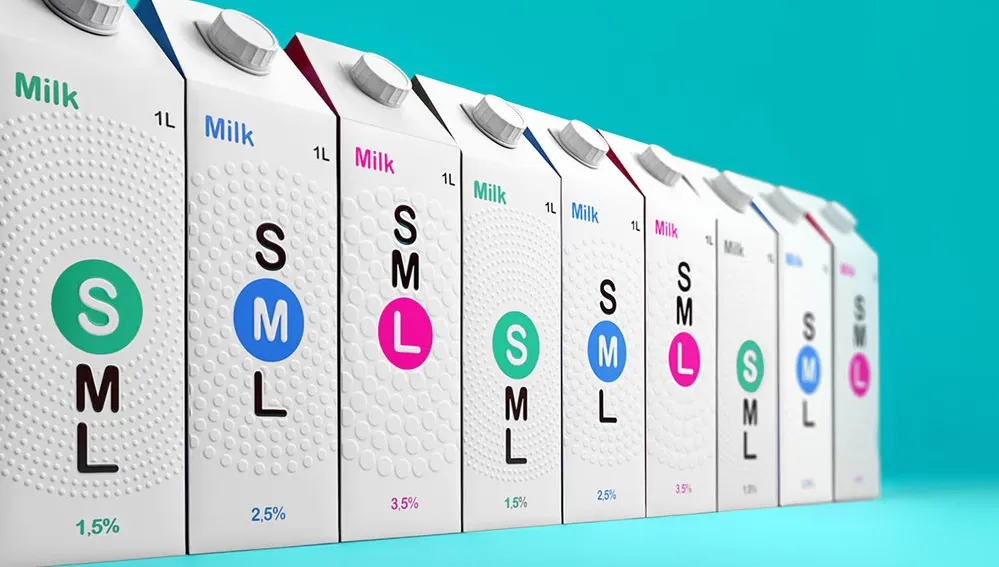
On the other hand, brands like Apple have mastered tactile design, with their product packaging being as sleek and smooth as the devices within. The feel of the packaging communicates a sense of luxury and attention to detail, elevating the perceived value of the product.
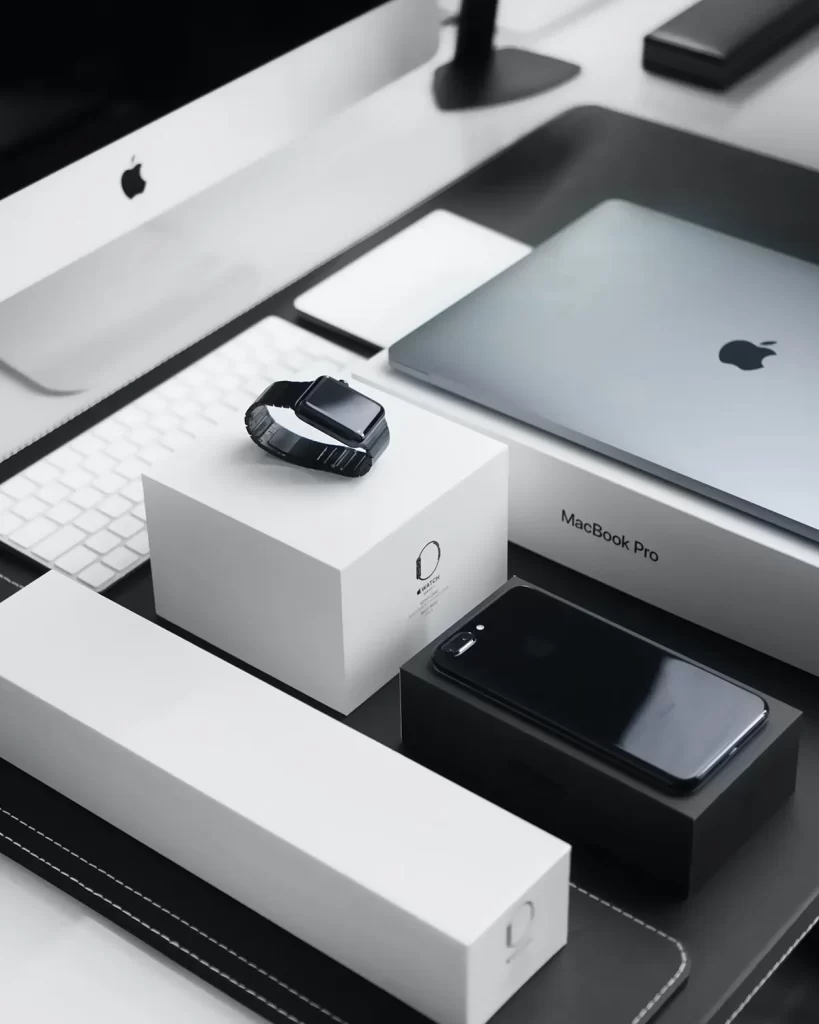
Tactile elements contribute to brand perception by creating a memorable and enjoyable experience for consumers. When done right, it communicates craftsmanship, quality, and attention to detail, fostering a positive emotional connection between the consumer and the brand.
Also read: Innovative trends in packaging design: Materials and sustainability
QR codes and interactive packaging
Quick Response (QR) codes have become a staple in interactive packaging. You can place QR codes almost everywhere these days – behind cereal boxes to lead customers to your website, as a part of your visiting card to lead prospects to your LinkedIn page, or even on your website to share promotional content or additional product information.
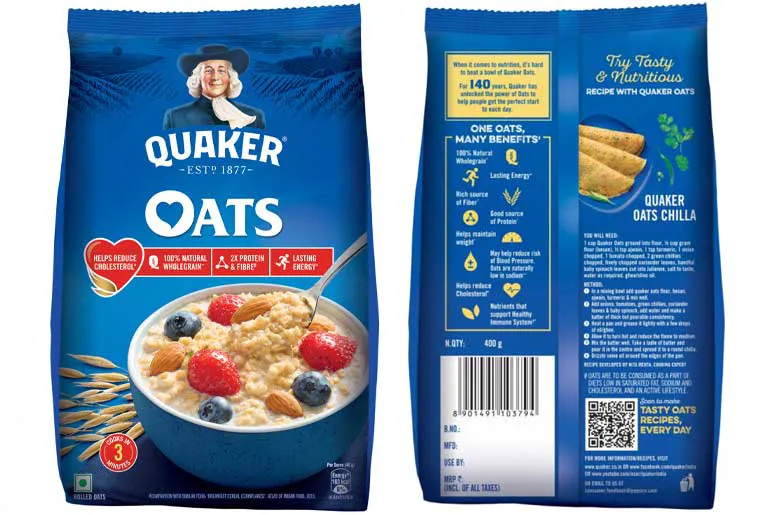
For consumers, QR codes provide instant access to information and promotions, enhancing the overall product experience. For brands, QR codes facilitate real-time engagement metrics, helping them understand consumer behavior and preferences.
Multi-sensory packaging: Engaging sight, touch, and smell
Multi-sensory packaging aims to engage multiple senses simultaneously, creating a more immersive experience. Combining visual appeal, tactile elements, and even incorporating scents, brands can evoke emotions and leave a lasting impression.
Fragrance-infused packaging, such as perfumes or scented candles, adds a layer of sensory experience beyond sight and touch. Additionally, visually appealing packaging, when combined with a pleasant fragrance, creates a powerful and memorable connection.
Luxury brands like Chanel leverage multi-sensory packaging to create a complete and luxurious experience for their customers. The interplay of elegant visuals, smooth textures, and a signature fragrance contributes to a cohesive and memorable brand experience.
Augmented reality (AR) in packaging design
Augmented Reality (AR) in packaging involves overlaying digital information onto the physical world through smartphones or AR devices. This technology allows consumers to interact with products in ways previously unimaginable.
Cosmetic brands like L’Oreal have utilized AR to enable customers to virtually try on makeup products before making a purchase. This not only enhances the online shopping experience but also reduces the likelihood of returns.
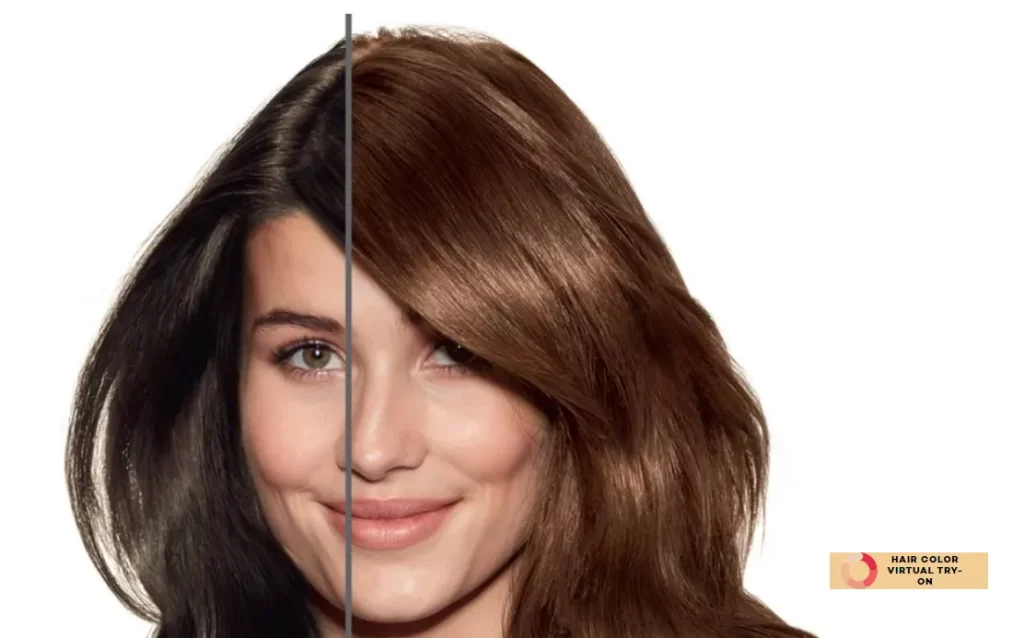
AR technology bridges the gap between physical and digital realms by seamlessly integrating virtual content with the tangible world. This creates a dynamic and interactive experience, fostering a deeper connection between the consumer and the product.
NFC technology and smart packaging
Near Field Communication (NFC) enables communication between devices when they are in close proximity. In packaging, NFC tags can be embedded to provide consumers with additional information, track authenticity, or even enable reordering with a simple tap.
NFC technology enhances the consumer experience by providing instant access to detailed product information, usage instructions, or even links to online communities. This level of engagement fosters a sense of transparency and trust.
Companies like Nike have embraced NFC technology to offer customers personalized experiences. By tapping their smartphones on an NFC-enabled tag, customers can access information about the product’s origin, care instructions, and even receive exclusive content or promotions.
Challenges and considerations
The integration of technology into packaging design comes with its own set of challenges, including increased production costs, potential technical glitches, and the need for consumer education. Brands must carefully navigate these hurdles to ensure a seamless user experience.
With the collection of consumer data through interactive packaging, privacy and security concerns arise. Brands must prioritize data protection and transparent communication to build and maintain trust with their customers.
Clear communication, robust testing, and ongoing customer support are essential strategies for overcoming challenges associated with tech-infused packaging. Brands must prioritize user experience and address any issues promptly to maintain consumer confidence.
Future trends in tech-infused packaging
The future of this approach is likely to involve even more advanced technologies, such as biodegradable electronics, smart sensors, and enhanced connectivity. These innovations will further blur the lines between the physical and digital worlds.
Trends such as the integration of AI for personalized recommendations, sustainable packaging solutions, and enhanced connectivity with Internet of Things (IoT) devices are expected to shape the future of tech-infused packaging. As consumer expectations evolve, brands will continue to explore new ways to create memorable and meaningful experiences through packaging.
As brands handle the challenges and emerge stronger on the other side with sustainable practices, the future holds exciting possibilities for further innovation. The end goal will always be to delight the end user with enhanced consumer experiences.

